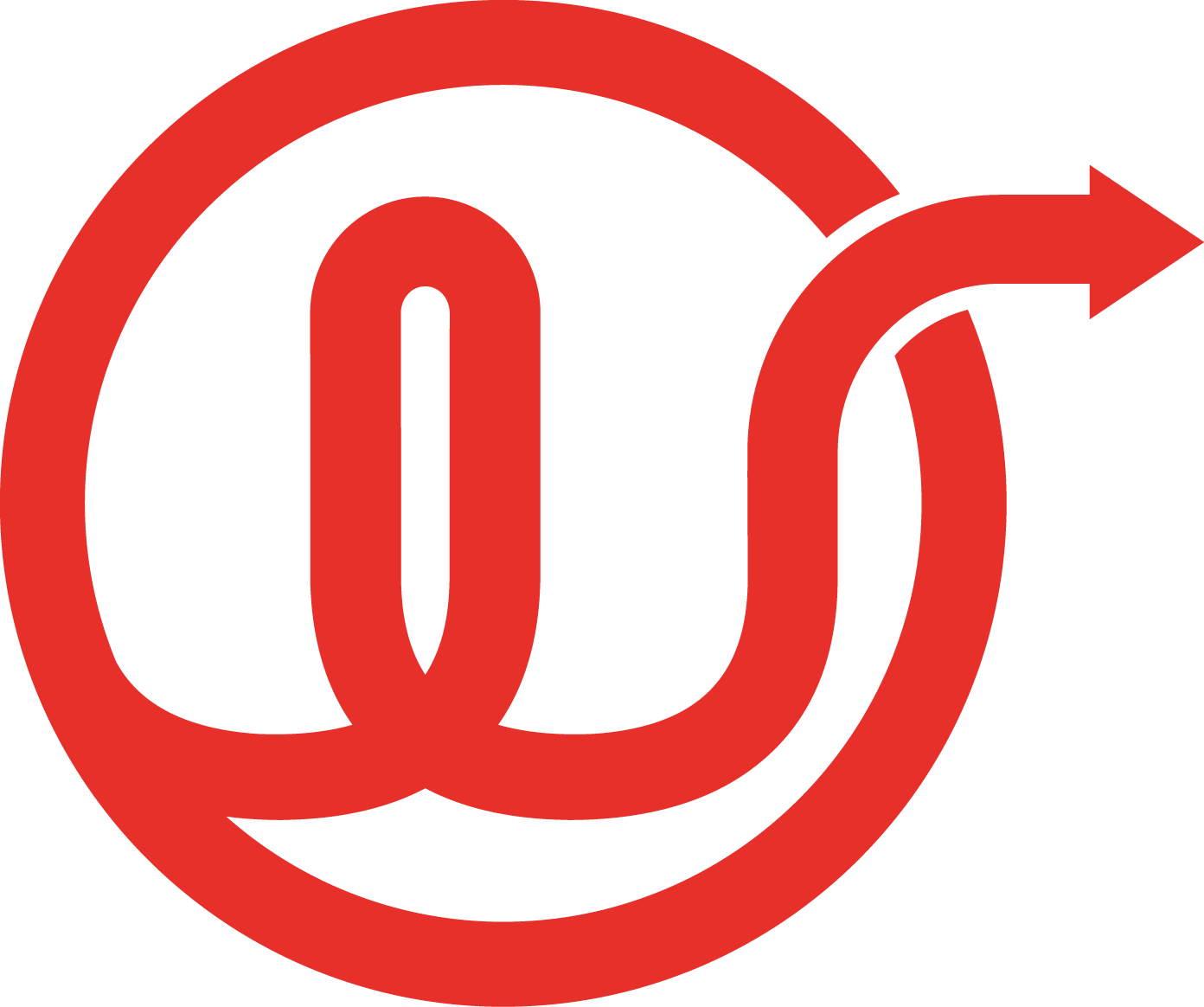The best Business Analysis platform
More often than not, you’re not given a choice of platform to use for Business Analysis, because you are governed by the constraints of the IT department. In this post, we’re going to provide you with a ranked set of platforms we have used and outline a recent use case, working with a combination of platforms already established.
Introduction
Business intelligence tools have become critical in reducing the time to provide actionable insights from an organization’s customer data. The tools are used to help Business Analysts gather and prepare data to provide visualisations that are suitable for management to make informed decisions. Such tools help to build and share custom dashboards and reports with minimal technical knowledge and coding effort.
We have many years of experience working with Business intelligence platforms that were established or being introduced into client environments, but the main platforms I have used recently were Microsoft, Google, Tableau and Alteryx. Although there are many more providers than this for an extensive comparative review, we would like to share our overall perspective on these tools and how the services from these providers are overlapping. The playing field is obviously changing all the time.
Business intelligence tools range from on-premise, provided behind the security of clients firewalls, to cloud-based solutions hosted on 3rd Party platforms; in most cases solutions are made from a combination of the two.
Tool Comparison
The tools we have been using recently:
Microsoft Power BI (with associated Power Automation tools)
Google Data Studio
Tableau (Desktop and Server)
Alteryx (Designer and Server)
Ranking criteria: -
Learning Curve: how much effort was required to get up to speed with the tool, the tools complexity, online training/support, help documentation, and user community support.
Connectivity: based on the number of connectors provided out of the box, the ease of using the connector, and the ability to create custom connectors for additional data sources.
Data preparation: having connected to various data sources a fundamental requirement is to be able to clean up the source, normalise, and join to other sources to provide a unified data set on which to perform analysis.
Insight discovery: the ability to set up user interactivity with the output being generated to enable insights to be found, but also the provision of AI services that can detect outliers or other points of interest in the data for investigation.
Cost: there are many factors to consider with user numbers and server licenses, but I have made a generalized ranking based on my experiences with Clients.
In summary, if you can afford the license cost, use Alteryx for data collection and preparation with Tableau to visualise the results. Alteryx can also be used to prep data for Power BI and Google Data Studio. A factor to consider is the cost of resources to set up and maintain the solution, the complexity of the solution will determine if this can be done by business domain experts or technical IT support. Having domain experts working directly on the solution will lower the cost of ownership and speed for change.
Follow the story with the Use Case of work Continuum completed for a global retailer optimising operation performance with a combination of Alteryx and Tableau



